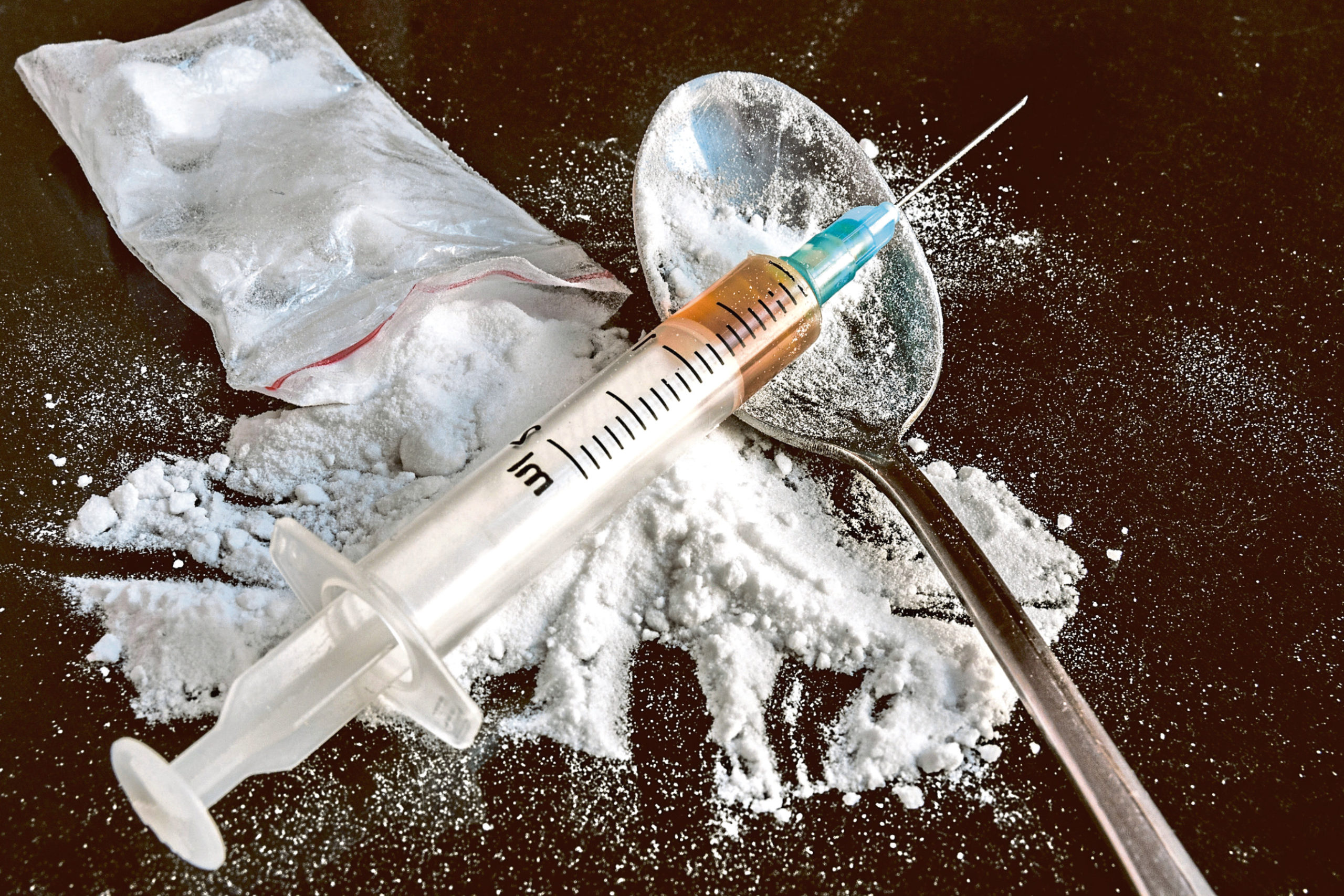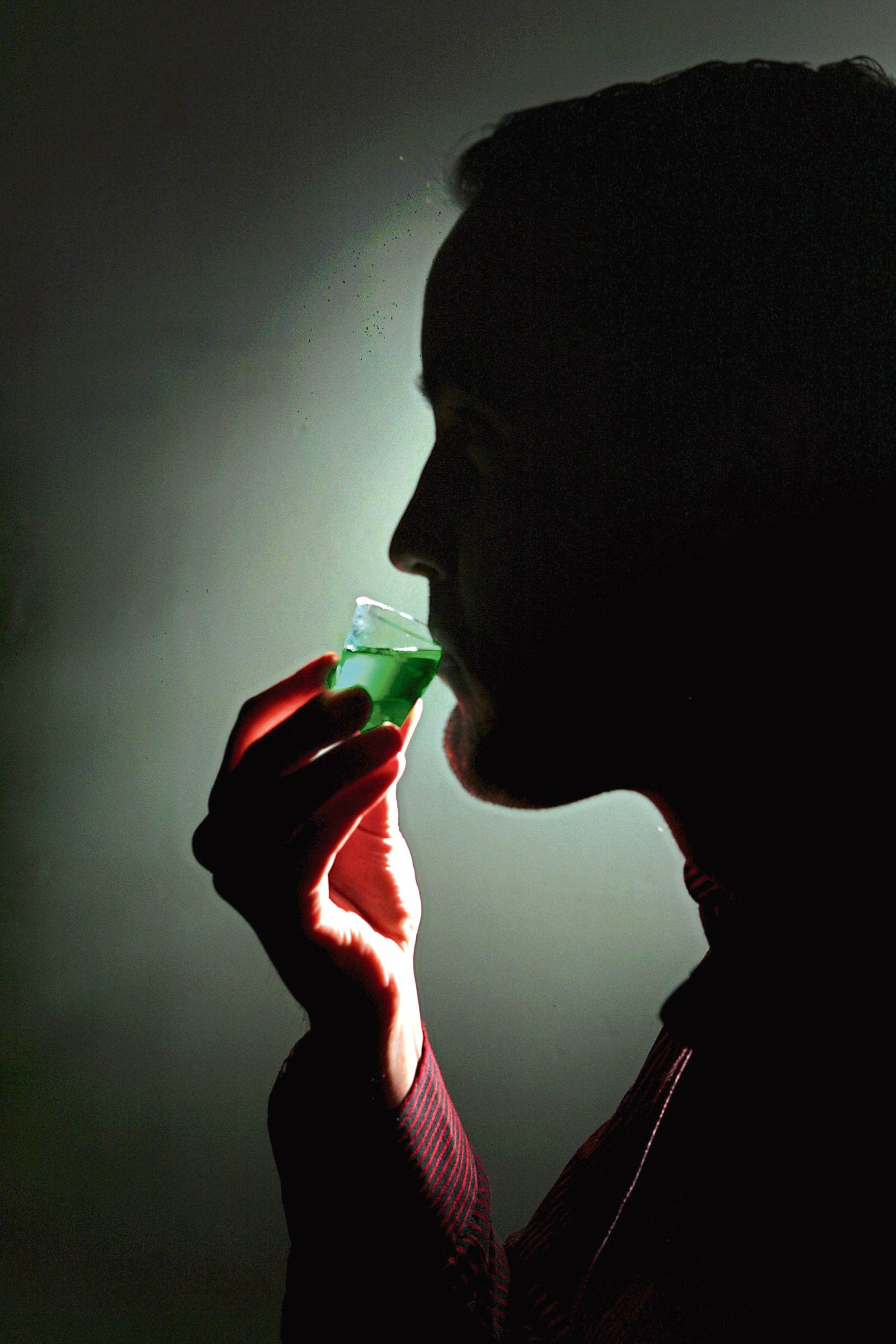Scotland has the worst drugs problem in the western world, according to statistics released last week.
The release of reports such as this unnerve me, having become a user of Class A drugs as a teenager and, were it not for crucial interventions, I could easily have become one of the names behind these numbers.
But we have a problem beyond the figures. If someone walked into a public space in any part of our city with a straitjacket on, detonated themselves and wiped out the equivalent number cited in this report, Scotland would be engaged in a national state of mourning.
Yet, by contrast, the only tears shed for those who lose their lives to drugs are by devastated friends and families.
>> Keep up to date with the latest news with Evening Telegraph newsletter
Once the shock and awe of this release wears off, it is what we do about the faces behind these figures that really matters.
Some have questioned the resilience of the numbers, suggesting that the methodology employed is the same one used by the Office for National Statistics, which applies a wider measure to include lower-classified stimulants such as caffeine or opioids such as ibuprofen found in the bloodstream even when unrelated to the cause of death.
The report clearly states, however, that it uses the same baseline definition for the UK Drugs Strategy, presumably to avoid being accused of over-inflating the statistics.
But these statistics speak to a wider story. There is undoubtedly a minority who manufacture their own misfortune but the greater casualties are the friends I have lost, such as the lady who took drugs to eliminate flashbacks of being raped at the age of four and who I suspect is now dead, having not seen her for years.
What solution was on offer to her once she became addicted to heroin – a cycle of state-prescribed methadone with no end in sight and a non-existent prospectus for success?
And those of us who have known addiction are familiar with being viewed through the lens of suspicion unless we are fortunate enough to have beaten our habit.
In that case, we are preyed upon by professionals who wheel us out, in a tokenistic fashion, to share our “lived experience” while being excluded from any meaningful solution-orientated conversation.
Instead, medics and academics absorb the airtime and seek to administer an antidote to address an ailment they have never understood.
Firstly, we need to accept the authenticity of these figures and, secondly, place people with experience at the heart of the problem-solving process.
If those prescribed with the power to provide a solution have not lived the poverty and purposelessness that fuels the problem, then our solutions become little more than an effort to revarnish the decks of a sinking ship.

